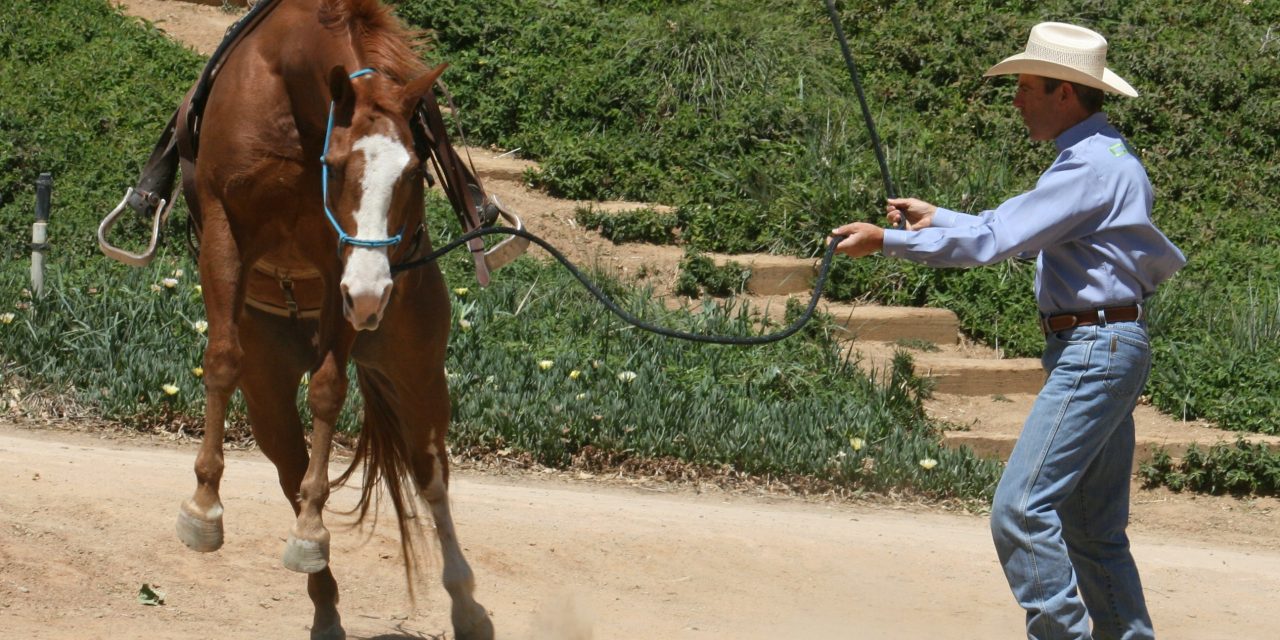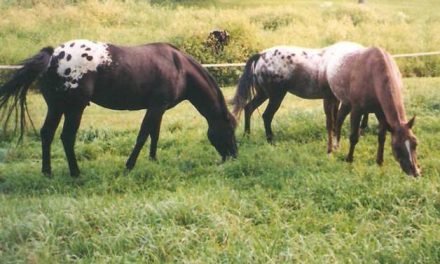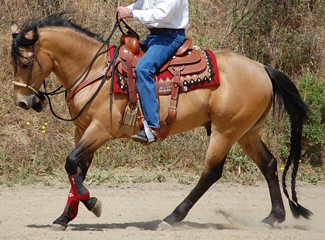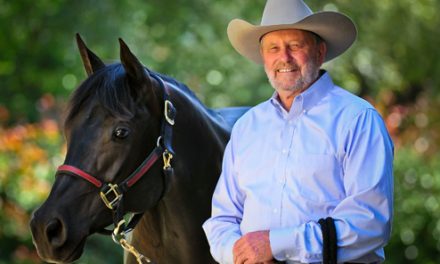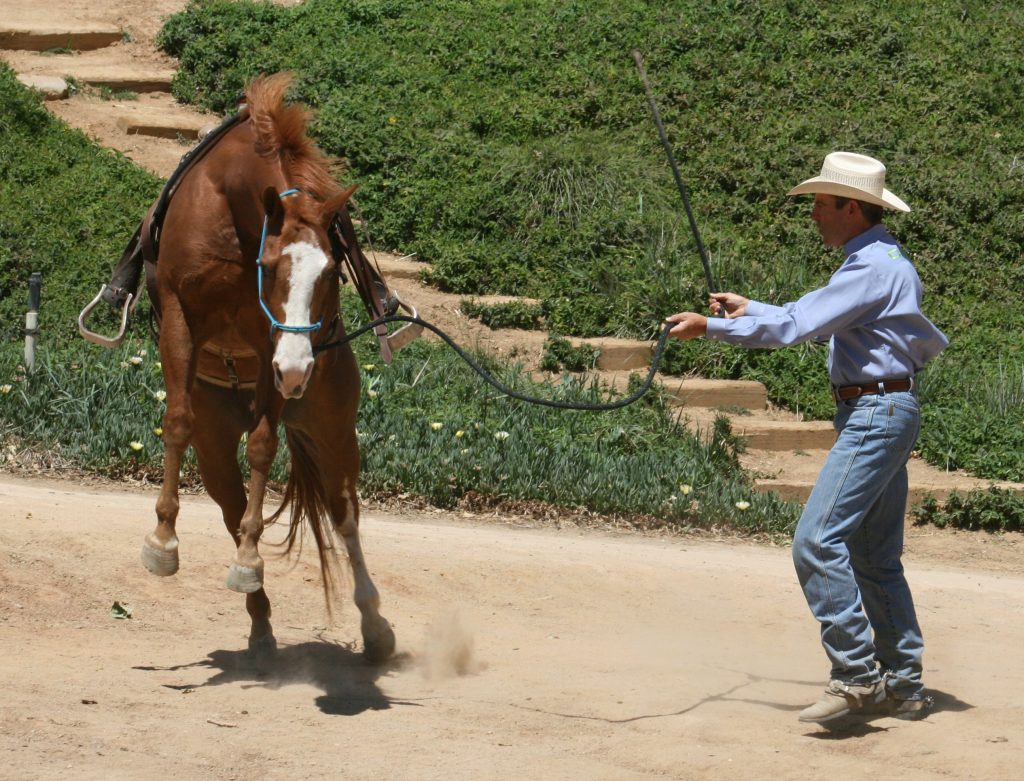
I know a good deal about this subject as I have rescued many, many horses over the years. There are a number of different situations that lead to a horse or horses needing to be rescued. Some reasons are more obvious than others. I have some actual examples of situations where I have been involved. There are a lot of things that we can call abuse and rescue a horse from. I do some performance training but many of the horses I work with are here for re-schooling based on behavioral problems.
The primary reason that a horse needs to be rescued is probably that the owner can no longer afford to take care of the horse. The person does not have the money to maintain the care and custody of the horse. This type of situation dramatically increased during the economic turn down a few years ago.
I have also rescued horses once where the cause was misuse of the funds for feed and care of the animals. When the husband passed away the wife, who did not live on the property with the horses, was giving her son money for feed and he was blowing it on cocaine. There were more than twenty-five horses that were in pretty bad shape as the pasture had been mostly eaten. I took home a beautiful double bred Poco Bueno stallion, another stallion that was a proven cutter, a couple of geldings and a mare which turned out to be a fabulous horse. I rescued a couple of horses a few years ago when the husband, who was a breeder, passed away and the family didn’t know what to do with young stock and didn’t have the funds to provide medical care.
Several years ago while I was in Spokane, Washington at an Expo called Ride The West, I came across a different type of rescue situation. I was specifically asked to handle a three-year-old filly belonging to a woman who had been following my work for years. She had rescued the filly from the original owner who had just left the horse out in pasture for a couple of years. The filly was down on weight and totally uncared for because the original owner did not have the horsemanship experience or knowledge to know how to handle the horse. A horse is only a by-product of us, meaning what we know and what we don’t know. The horse becomes a mirror image of our knowledge.
Once the new owner got the horse healthy again she found it very hard to work with because the horse was aggressive. In every horse/owner relationship, one is the leader. In this case, because the owner didn’t know how to handle her, the filly would step into the woman’s space. This is an assumption on my part based on what the filly was doing to me. The owner would step away and the horse would just keep coming. It wasn’t a life-threatening situation, but it was certainly unsafe. The lady brought the horse to the Expo for me to work and I started trying to teach it some basic halter or ground manners. I found that the horse was not even truly halter broken and learned the woman had had a very difficult time even getting the horse into the trailer. As I worked the horse, she continually crowded me and if I asked her to back off, she would rear up and try to come over the top of me, close enough to knock my hat off. This was definitely a dangerous situation.
A situation like this is always tough to handle in front of a crowd and there were 2500 to 3000 spectators at the arena that day. I turned to the crowd and told them I had two options. First, I could say that I couldn’t fix this horse and ask for another horse, but that would not be true. Secondly, I told them I could fix the horse but it might not look pretty. I would, however, guarantee that the horse would have a softer and more relaxed demeanor when the training or correction was done. I chose to work with the horse even though I knew there would be some repercussions.
The moment the filly started to come over the top of me, I took my big long dressage stick and cracked her on the bridge of the nose while she was up in the air. I only had to do that twice to change the entire attitude of the horse. She became relaxed, her demeanor was soft, she respected my space and wherever I went, she would follow. The correction established me as the leader and put that horse into a frame of mind to accept what I was teaching it. I had about twenty people who booed and told me how evil I was but I actually saved that horse’s life because I was willing to get out of the box and help that horse to have a better life. Many horses that get to this point never have someone capable of “fixing” them and they keep getting “sold down the road” and end up hurting someone or at slaughter. Helping this horse was the true rescue. I also had people come up to me and say that they wished they had seen this training years ago because they had nice horses doing the same thing and they didn’t know how to handle the behavior. Later on I showed the owner some exercises to help maintain the behavior. I heard from her several months later, thanking me because they were doing great.
I corrected the behavior of that horse but that behavior is natural to all horses. In a herd, horses establish a pecking order by biting, kicking and other physical shows of domination. This is natural for them but dangerous for us. What most people do when a horse rears is to back away but that is not doing anything for the horse except teaching it that is dominant. When the horse is dominant, the owner won’t have any enjoyment in the horse and the horse will be left on its own out in pasture. This will result in the horse not being wormed or having care by a veterinarian or the farrier. This becomes abuse by neglect and proper training/correction is the remedy or means of rescue. Next time we’ll talk about some situations that you might not think of as abusive

